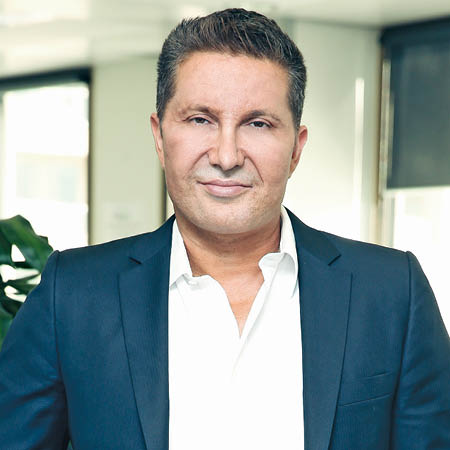Peter Nicholas launched HiLife Health and Beauty in 2007 after a lifelong affinity for the health and beauty sector. “I had successfully sold a health and beauty company prior to this called Cat Media. I think people are born with a genetic aptitude for certain industries, and I have been obsessed with pills and potions since I was a kid.”
Part of the attraction is the various idiosyncratic elements of businesses that are suitable for the entrepreneur, so it’s got to be in FMCG and it’s got to empower people to make them more attractive, or lose weight, or remove their wrinkles. It’s something that I had an aptitude for way before I learned how to create packaged goods. I had one fleeting successful exit at 30-something and then thought, ‘Ive got to keep doing this.’ I waited out my non-compete clause and then started HiLife Health and Beauty in 2007.
According to Peter, HiLife’s business model is very reactive, data-driven, and television-driven. Key to his success is also creating quality products that customers want to continue to buy because they actually live up to their promises. He formed the company model after seeing the success other health and beauty organisations had experienced thanks to direct-response marketing. ”I kept on reading something called the IMS (Infomercial Monitoring Service) and kept seeing Guthy-Renker, who was very successful with Proactiv, and another company that has now become legendary called Bare Minerals. Bare Minerals was struggling in retail until they made an infomercial and had a very happy ending; the female entrepreneur sold for $1.2 billion. Even after you pay off the private equity guys, that still equates to a big cheque.”
”It was just looking at the data and having a very reactive model that we have. Reactive doesn’t mean that we don’t behave aggressively; reactive just means that we purely look at the data. If you have a hypothesis, you testand we test in this weather all year round. I realised that it’s an interesting market because Australian women in particular don’t like to put tragedious facades on; they like something that’s light, they like something that is practical, and they want something that is quick because they are naturally beautiful. So I thought that this was going to strike a chord with Australia.”



